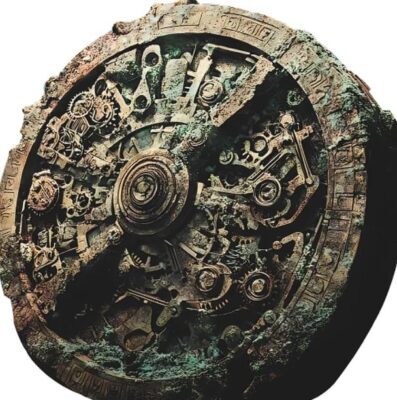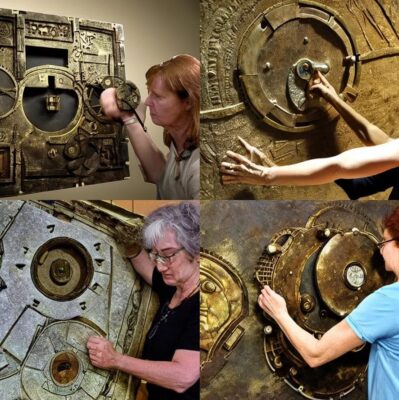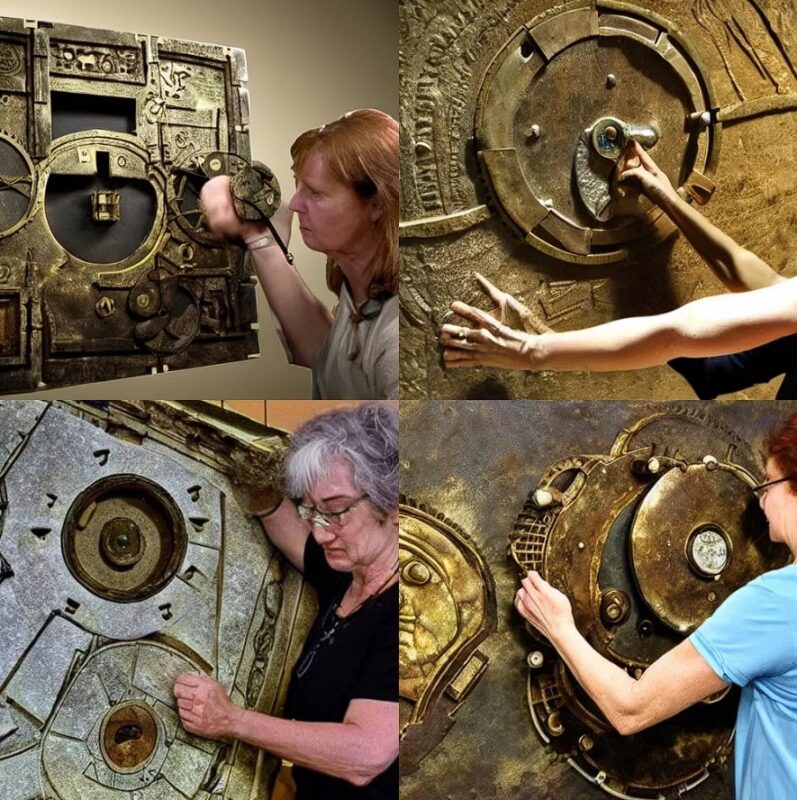The Discovery That Shocked the World
A Routine Dive Turned Historic
In 1901, a group of sponge divers off the coast of Antikythera, Greece, stumbled upon an astonishing find. While exploring the remains of an ancient Greek shipwreck, they retrieved a corroded, gear-filled lump of bronze. At first, the significance of the object was unclear, but further investigation revealed something extraordinary.
The Unexpected Complexity of the Find
This discovery was unlike any other artifact from the ancient world. Instead of a simple relic, it turned out to be a sophisticated, gear-driven machine. It was something so advanced that it puzzled scientists for over a century, challenging everything we thought we knew about ancient technology.

What Is the Antikythera Mechanism?
An Ancient Astronomical Calculator
Now known as the Antikythera Mechanism, this device is believed to date back over 2,000 years, around 100–200 BCE. Scholars have determined that it was used as an astronomical calculator. The intricate system of bronze gears and dials could predict solar and lunar eclipses, track planetary movements, and even follow the Olympic Games calendar.
A Technological Marvel Ahead of Its Time
The level of mechanical sophistication seen in the Antikythera Mechanism wouldn’t appear again until the 14th century—nearly 1,500 years later. This discovery rewrote history, proving that ancient Greek engineers possessed knowledge and skills far beyond what was previously believed.
Who Created This Mysterious Device?
Theories About Its Origins
One of the biggest mysteries surrounding the Antikythera Mechanism is its creator. Some researchers suggest it was designed by followers of Archimedes, the legendary mathematician and inventor. Others believe it was inspired by the work of Hipparchus, one of the greatest astronomers of ancient Greece.

Why Was Such Advanced Knowledge Lost?
If such technology existed in ancient Greece, why wasn’t it widely used or developed further? One theory suggests that the knowledge required to build these machines was lost due to wars and the decline of Greek civilization. This raises another intriguing question—could there have been other similar devices that never survived?
The Mechanism’s Complex Design
37 Interlocking Gears of Precision
Modern X-ray scans and 3D reconstructions have revealed that the mechanism once had at least 37 interlocking gears, each precisely engineered to map celestial movements. The gears were arranged in a way that allowed users to make accurate astronomical predictions, something unheard of for the time.
Missing Pieces and Unanswered Questions
Despite extensive research, many of the Antikythera Mechanism’s functions remain unknown. Some pieces are still missing, making it difficult to fully understand how it worked. Scientists continue to debate whether it was used for navigation, education, or perhaps a purpose we have yet to uncover.

How Did It Survive for Over 2,000 Years?
The Role of the Shipwreck
The Antikythera Mechanism survived because it was preserved in a shipwreck. Without this accidental burial under the sea, it is likely that the delicate bronze gears would have corroded away entirely. The shipwreck acted as a time capsule, allowing modern researchers to study this incredible piece of history.
Restoration and Modern Research
Since its discovery, researchers have used the latest technology, including CT scans and 3D imaging, to unlock its secrets. These tools have helped reconstruct missing parts and gain deeper insights into how the mechanism functioned.

The Legacy of the Antikythera Mechanism
A Glimpse Into a Lost Civilization
The Antikythera Mechanism challenges the traditional narrative of technological progress. It suggests that ancient civilizations had knowledge far beyond what we once believed, opening the door to new possibilities about lost technologies.
Could There Be More?
If one such device existed, could there be others waiting to be discovered? The mystery of the Antikythera Mechanism remains unsolved, leaving room for future discoveries that may reshape our understanding of ancient history.
Conclusion
The Antikythera Mechanism is more than just an artifact; it is a testament to the ingenuity of ancient civilizations. A machine so advanced that it challenges what we know about history, it stands as a reminder that the past is full of surprises. Was it the work of a lone genius, a lost civilization, or proof that history is far more complex than we ever imagined? The search for answers continues.


CÁC TIN KHÁC
Mary Walton: The Forgotten Inventor Who Helped Clean Up America’s Cities
Tomb of Queen Nefertari in the Valley of the Queens, Egypt
Discover the Hypostyle Hall of the Temple of Hathor at Dendera
Venus de Losange: Unveiling the Mystery of a 20,000-Year-Old Paleolithic Icon